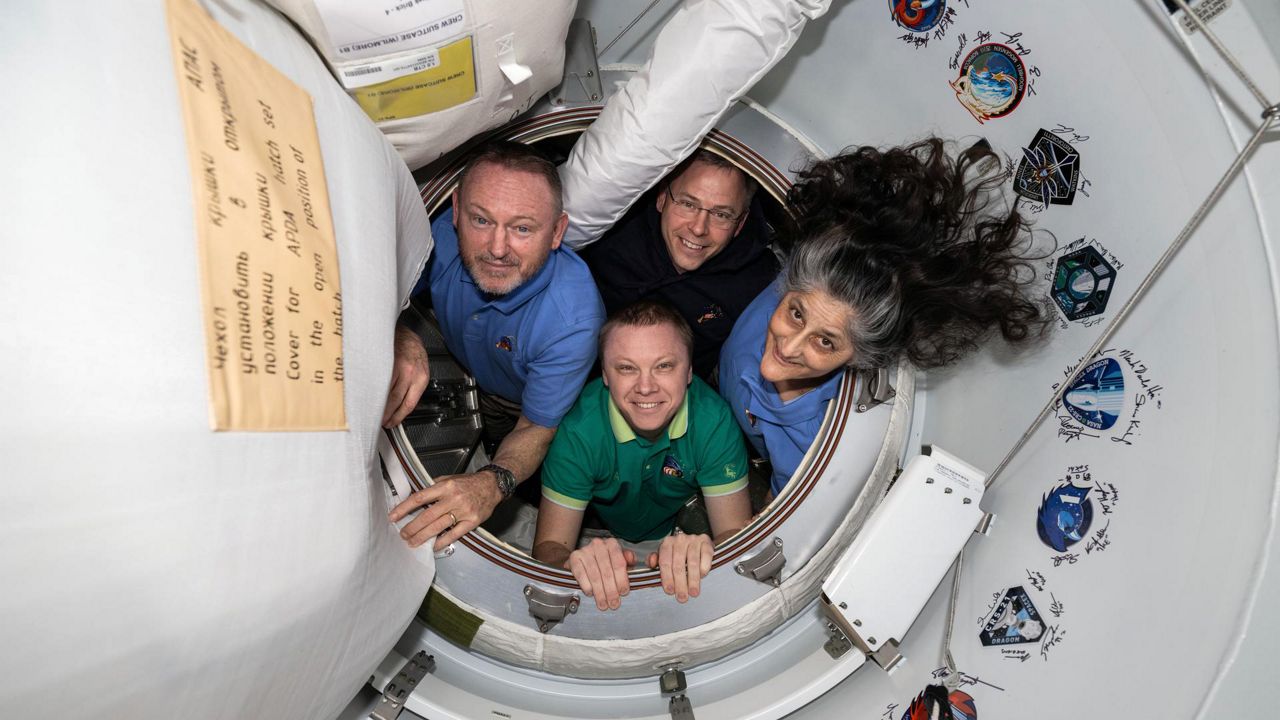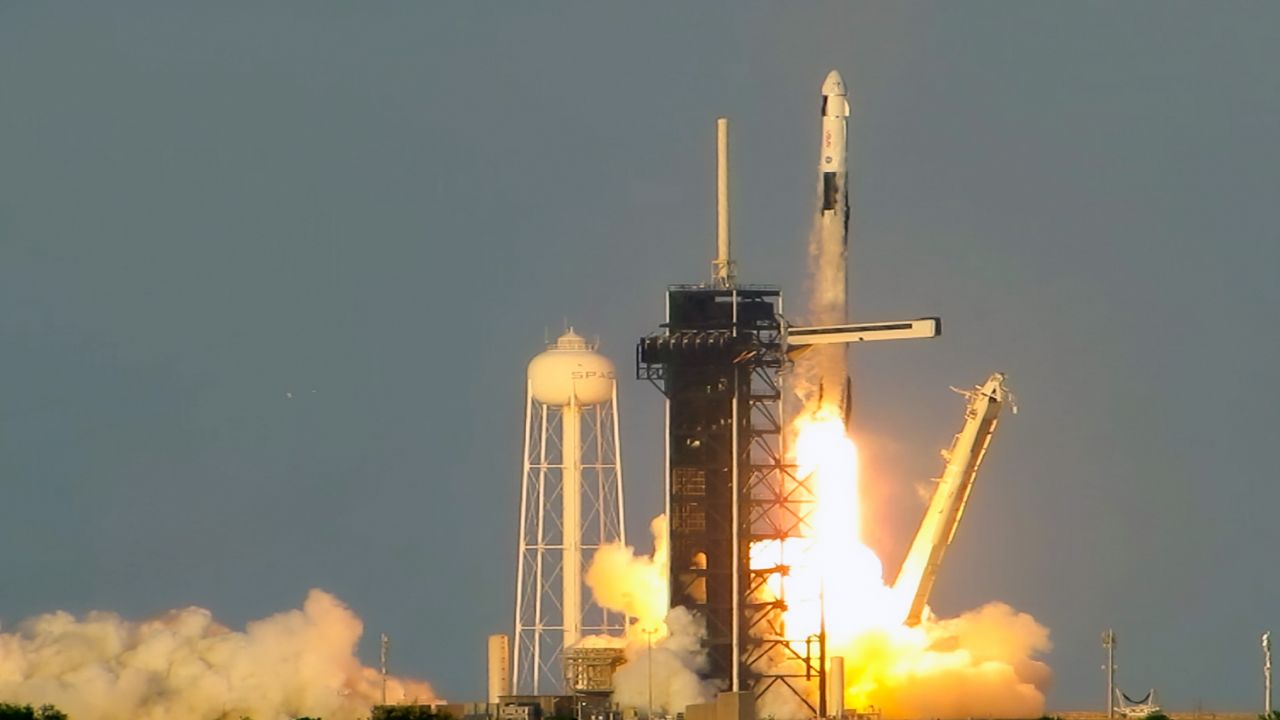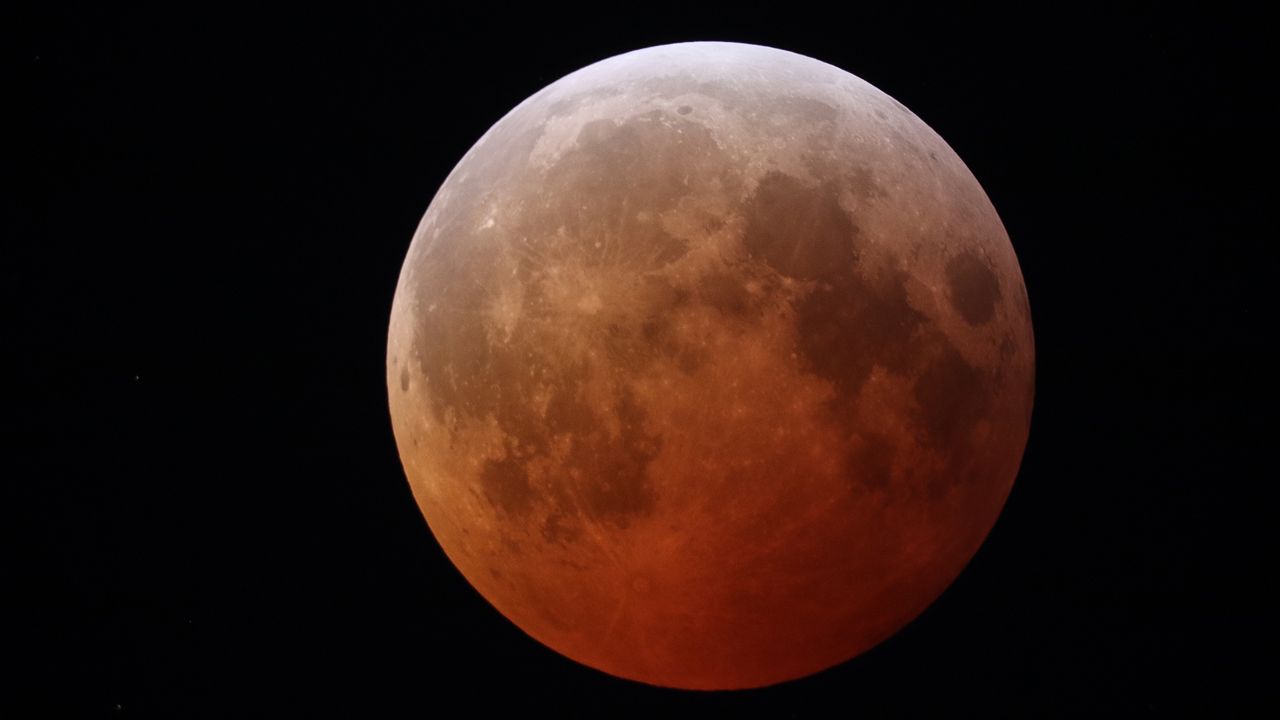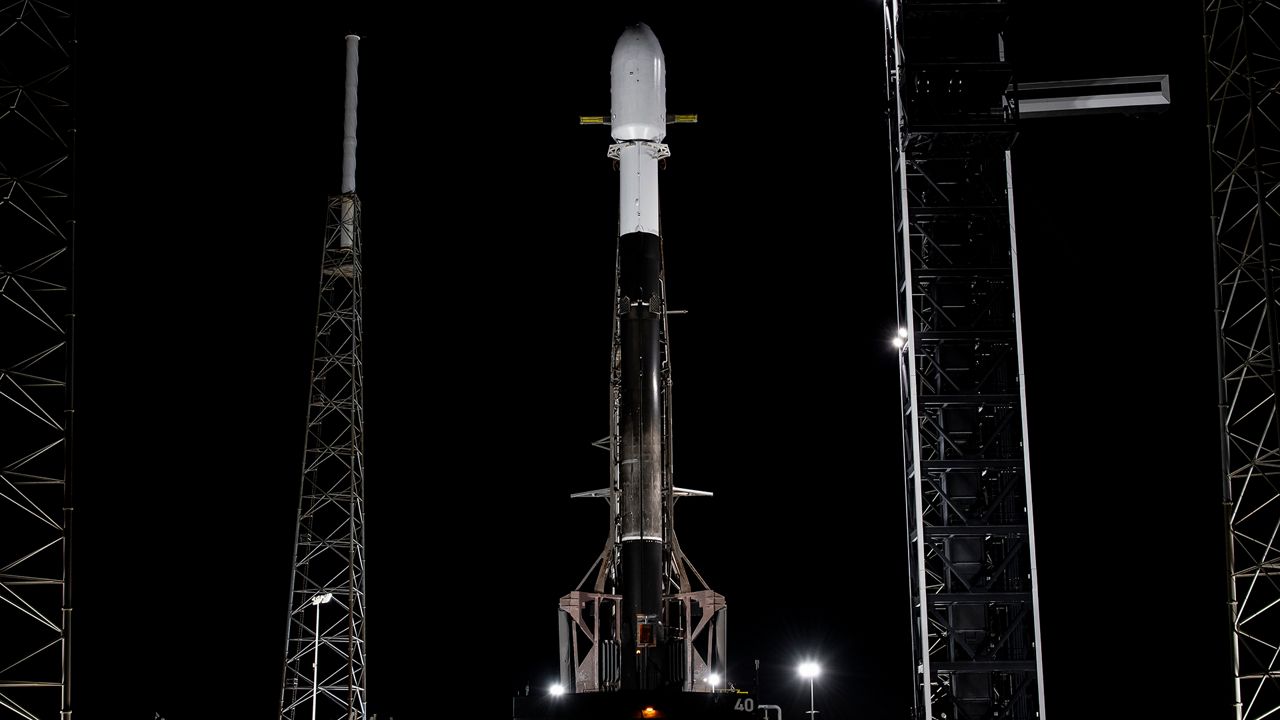KENNEDY SPACE CENTER — Despite foggy conditions Friday morning, NASA successfully launched its Psyche mission, which will determine if the Psyche asteroid is made up of the building block of a planet.
It was an amazing launch of the @MissionToPsyche from @NASA AND @SpaceX.
— 🚀Anthony Leone🌕 (@AnthonyLeone) October 13, 2023
The #Psyche spacecraft is now on a years-long journey to Psyche the asteroid.
Go to my article at @MyNews13 to learn more about it: https://t.co/64ko6JRjUd #Space #MissionToPsyche pic.twitter.com/UnlSqms9Gh
What You Need To Know
- The Psyche spacecraft will travel six years to reach Psyche the asteroid
- The Psyche mission will explore the origins of the asteroid
- Psyche is thought to be the exposed core of a protoplanet
- The rocket launched Friday, Oct. 13, at 10:19 a.m. ET
- Get more space coverage here ▶
- 🔻Scroll down to watch the launch🔻
Countdown to Launch
NASA used SpaceX’s Falcon Heavy rocket to send the spacecraft Psyche, named after the asteroid, from the Kennedy Space Center’s Launch Complex 39-A at 10:19 a.m. ET, both the space agency and space company confirmed.
The roar of the Falcon Heavy rocket was heard far and wide as a chorus of skywatchers cheered the more than 3-million-pound astro machinery into space.
NASA said that its next big milestone will be to get Psyche's signal and confirm the spacecraft is in good health. But the space agency might not get that signal for up to two hours since launch.
The Falcon Heavy has three Falcon 9 boosters. After the stage separation, the two side boosters landed at SpaceX’s landing zones 1 and 2 at Cape Canaveral Space Force Station as sonic booms were heard for miles around.
And let’s not forget the sound of the sonic booms that were heard of the two returning #FalconHeavy rockets.
— 🚀Anthony Leone🌕 (@AnthonyLeone) October 13, 2023
Learn more about @MissionToPsyche at my article on @MyNews13: https://t.co/64ko6JRjUd#MissionToPsyche pic.twitter.com/UsEolRfeiC
The Falcon Heavy’s core, center, booster B1079 was jettisoned into the Atlantic Ocean. This was its first mission.
The two side boosters, B1064 and B1065, already have three missions in their resume:
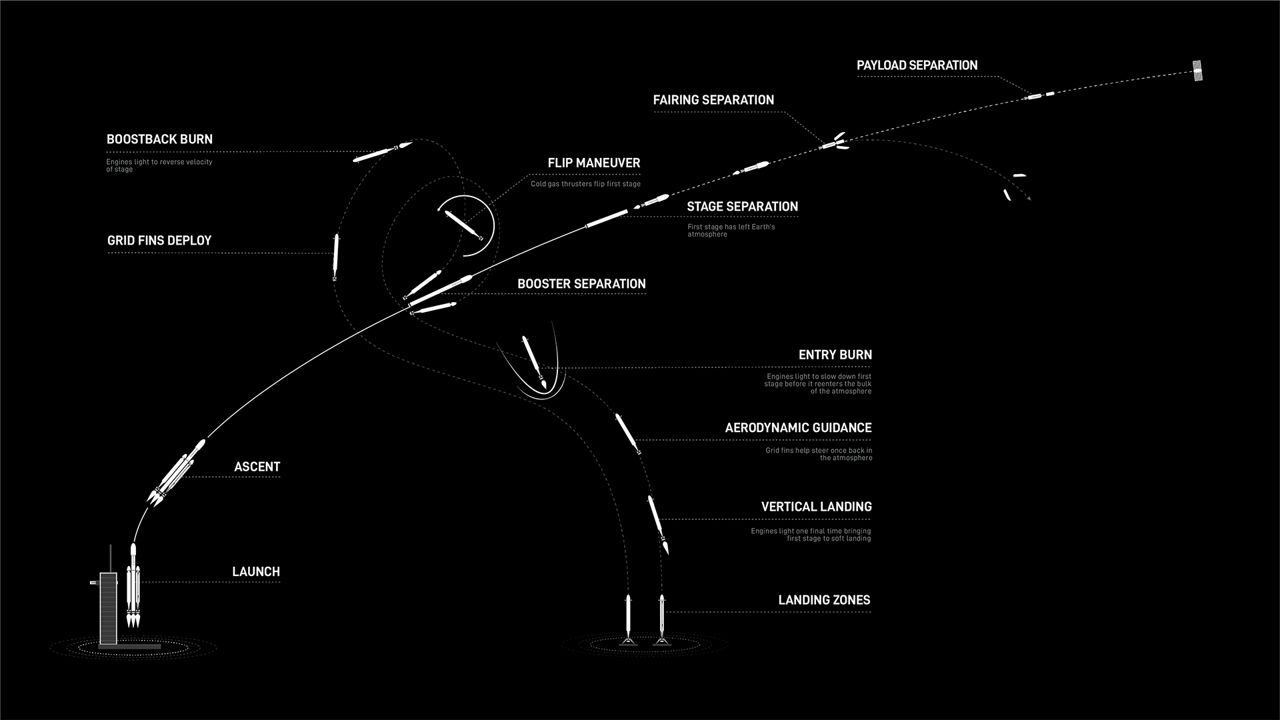
Weather issues
Weather caused problems for the launch earlier in the week.
On Wednesday evening, NASA announced on social media that it was pushing back its Psyche asteroid launch on Thursday due to poor weather.
The U.S. space agency posted on X, formerly known as Twitter, that due to unfavorable "weather conditions,” both NASA and SpaceX were pushing back the launch to Friday, Oct. 13, at 10:19 a.m. ET.
Breaking the news! Breaking the news! Our trip to a metal world, the #MissionToPsyche, is now slated to launch on Friday, Oct. 13. 🤘
— NASA (@NASA) October 11, 2023
Don't be paranoid. It's not a Black Sabbath... it's because of weather conditions at @NASAKennedy. More info on the mission blog:… pic.twitter.com/Fs6iFcSPPL
It was going to launch on Thursday, Oct. 12, at 10:16 a.m. ET. This is not the first postponement of the launch. NASA was targeting 10:34 a.m. EDT, Thursday, Oct. 5, but moved back the launch to give its team more time to prepare for the mission.
"The change allows the NASA team to complete verifications of the parameters used to control the Psyche spacecraft’s nitrogen cold gas thrusters," NASA stated at the time.
The weather looked more than iffy for Thursday morning’s launch. The 45th Weather Squadron gave a 20% chance of good launch conditions, with the main concerns being liftoff winds, anvil cloud and surface electric field rules.
On Thursday, the squadron gave a 40% chance of good liftoff weather for Friday, with the primary concerns being: anvil clouds, thick cloud layers and cumulus cloud rules.
However, on Friday morning, a NASA official told Spectrum News that the launch conditions jumped to 80%.
About the mission
It will take six years for the spacecraft to reach the asteroid, which is far different from what most people think. Most people picture asteroids as being rocky, explained Dr. Robert Jedicke of the University of Hawai’i’s Institute for Astronomy.
“Psyche is one of the most massive metallic asteroids in the main asteroid belt, and is thought to be primarily composed of iron and nickel. This composition is distinct from most other asteroids, which are typically rocky or carbonaceous,” he explained to Spectrum News in an email.
Most of Jedicke’s research involves asteroids and comets both in and out of our solar system and he says that there are other metal asteroids like Psyche. But NASA is not going to it because of its size.
Dr. Ben Weiss, the deputy principal investigator of the Psyche mission, explained why NASA is going to the asteroid.
“So, another reason we want to go to Psyche that makes it unique is that it’s, it is an addition to a metal world, we think, it's also an asteroid, an iron-rich asteroid. And that's interesting because asteroids are the present-day worlds that are a remnant population of a much more numerous and widespread group of bodies in the early solar system we call planetesimals, little planets. And they, we think, are the building blocks of the planets,” Weiss said to Spectrum News.
And while NASA and other space agencies have visited worlds made of rock like Mars and Venus, Psyche is a metal world that is quite unknown in terms of its geology, history and formation, Weiss explained.
Both Weiss and Jedicke stated that the current theory is that Psyche the asteroid is a core of a protoplanet. It is believed that planets like Earth have cores, but no one has been able to drill down to confirm that.
“I think of (the core) like an avocado, the core is the pit of the fruit, the mantle is its flesh, and the crust is the avocado's skin,” Jedicke explained, saying that humans are unable to examine a planet’s core.
Weiss added that in addition to the tons of rock covering the core, it is believed the planet’s core itself is hotter than the surface of the sun and the pressure is “a million times what we have on the surface of the Earth.”
So, grabbing a shovel and pail (or a really big drill) is out of the question if we want to study Earth’s core, so the next best thing is to study one that has been exposed.
But just how does a planet’s core get exposed? A lot of violent encounters with other objects.
“… we think that Psyche may be the core of a planet that had its outside stripped off its rocky exterior, stripped off by impacts of other asteroids, leaving a bare exposed metal core,” explained Weiss, who is also a professor of planetary sciences at the Massachusetts Institute of Technology.
Jedicke agreed, saying that these violent collisions most likely happened during the early period of the solar system.
“This is a unique aspect of Psyche's origin compared to other asteroids, which are typically considered remnants from the early solar system but not necessarily remnants of planetary cores,” he added.

About the asteroid
Psyche calls its home in the main asteroid belt between Mars and Jupiter. It was discovered by Italian astronomer Annibale de Gasparis in 1852.
In fact, the space rock is also known as 16 Psyche because it was the 16th asteroid to be discovered at that time.
It was named after the Greek goddess of the soul.
The widest part of Psyche is 173 miles (278 kilometers), just nine miles (14 kilometers) longer than a drive from downtown Orlando to Jupiter, Fla.
It is 144 miles (232 kilometers) long, giving it an odd potato shape with a surface area of 64,000 square miles (165,800 square kilometers).
To put this in terms that are a little easier to wrap one’s head around, Florida is 65,758 square miles (105,827 square kilometers) and Wisconsin is 65,496 square miles (105,406 square kilometers).
So, Psyche is no small piece of space rock.
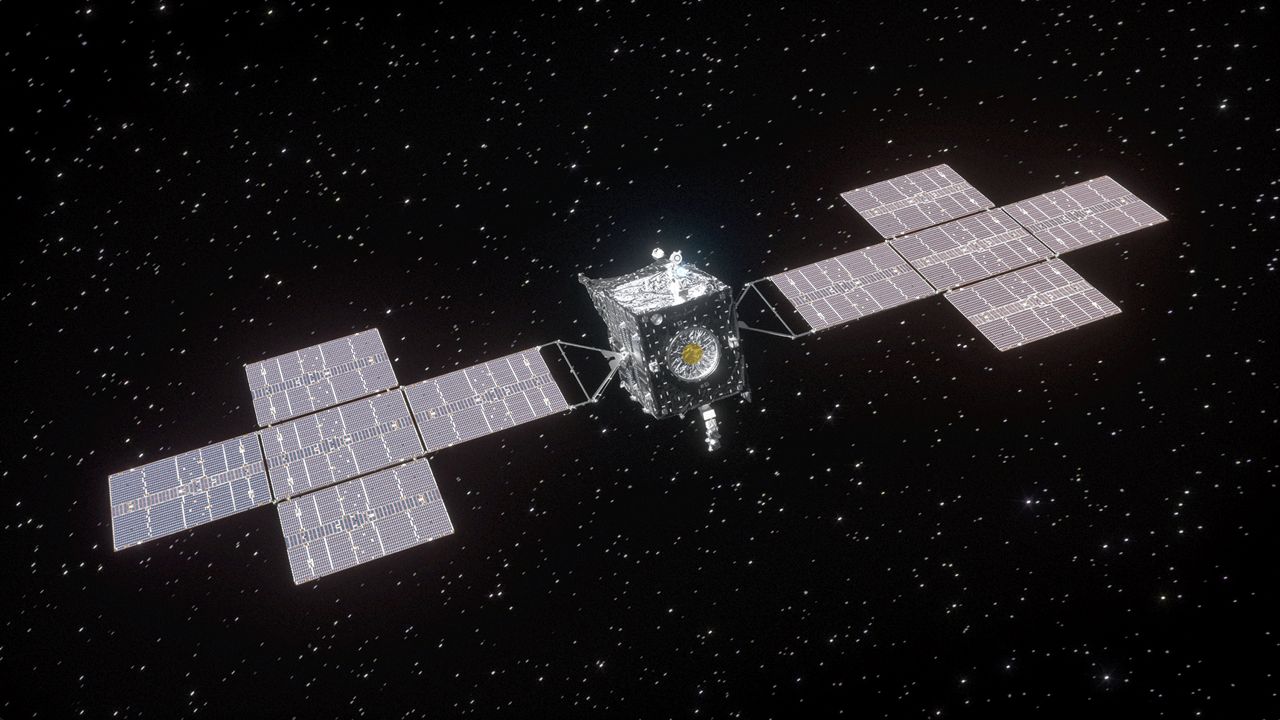
Meeting Psyche the spacecraft
As Psyche the spacecraft launches from the Kennedy Space Center, it will take six years to reach its target. Once it reaches its destination in 2029, Psyche the spacecraft will orbit Psyche the asteroid for at least 26 months.
And NASA made sure the craft was well-funded for this mission. From development to launch to operating the mission, NASA invested about $1.2 billion into this stellar task, the space agency stated.
The mission is led by Arizona State University, which happens to be the home of Dr. Lindy Elkins-Tanton, the principal investigator of the mission.
The Psyche spacecraft is 81 feet (24.76 meters) long and 24 feet (7.34 meters) wide, which includes its two five-panel solar arrays. So, about the size of a tennis court.
Now the body of the craft itself is where all the instruments will be stored, including three dedicated ones: the gamma-ray and neutron spectrometer, the multispectral imager and the magnetometer.
And the magnetometer will be used to see if Psyche the asteroid still has a magnetic field, said Weiss. And that field is important.
Weiss explained that if Psyche was a protoplanet's core, it would have generated a magnetic field at one point. If that field was imprinted on its surface, called a remanent magnetization which is like an echo, the magnetometer will pick that up, he described.
“And so, what we're going to do is, we get there, use magnetometer to see if we can find evidence for this remanent magnetization by flying around, in orbit, to look for this, basically, it's not the act of magnetic field from long ago, but kind of like the magnetic field you expect around a bar magnet, for example,” he explained.
And that would be a key piece of evidence that Psyche may have been a protoplanet at some point in its long history.






